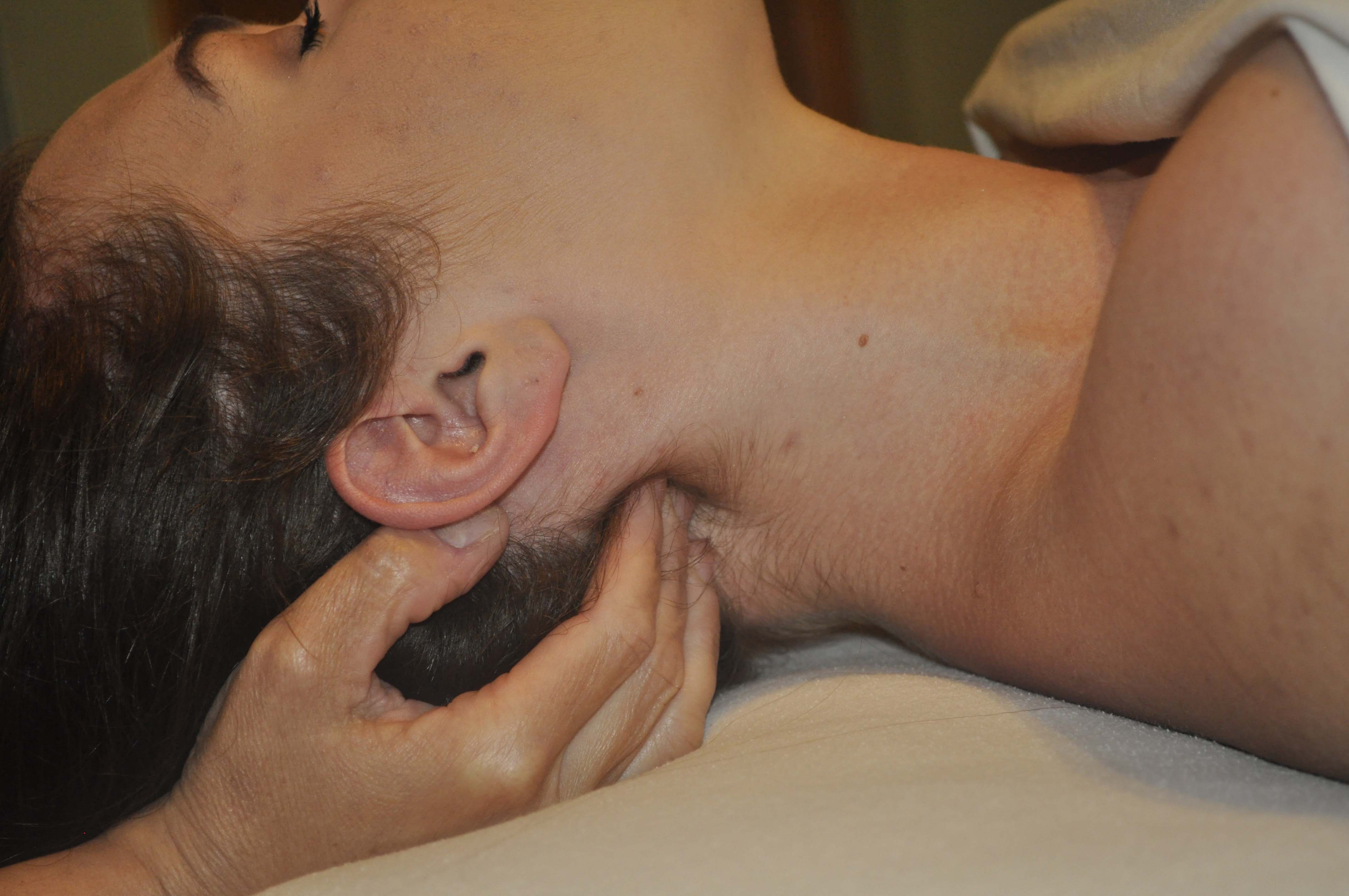How to Become A Massage Therapist ...
7 steps to the most rewarding career you will ever have!
Starting a career and learning how to become a massage therapist will be one of the most important decisions of your life, and after a few months in massage school, you'll wonder why you didn't do it sooner.
Training
Training programs usually require a high school diploma to get started.
Your state will then require 300-1000 hours of in-class training, a certain number of hands-on (massage) hours in learning how to give a massage, and a certain number of continuing education hours after finishing your training.
Prior studies in anatomy, physiology, psychology, and/or business are helpful, but usually not required.
Some schools are selective with students. They may even require a personal interview to determine if you will be able to handle the pressure and rigorous work load required to be in massage therapist school.
You should look for a school that is accredited by the Commission on Massage Therapy Accreditation (COMTA) and/or state licensed.
Accreditation is important because it tells you that the program has gone through a testing process and they are prepared to teach you what you need to know in order to pass a state or national massage licensing exam.
How to become a massage therapist
The training will include anatomy, physiology, kinesiology, and ethics, as well as the history of massage therapy. Included will be a study of the health benefits of massage therapy.
During this time, you may also discover a massage technique that is particularly interesting to you, something that you want to study in depth. Face massage is especially interesting to many therapists because it is an easy add-on service to many types of massage.
You will also likely be expected to do a certain number of massages in a student clinic setting with a faculty member supervising.
Salaries
A massage therapist salary will depend on many factors. Where you live, where you choose to work and how many days per week you will work are just a few. The massage techniques you choose to study and practice will also determine the salary.
Other Tips:
- Get a National Certification
It is common for many massage therapists to continue on after graduating massage school to take the national certification exam (in some states it is required) to further their massage therapy career, if that is not already a part of your state's licensure requirements.
A national certification just gives you that extra professional recognition and allows you to practice massage therapy in any state. It proves that you not only know how to give a massage, but you are a nationally recognized licensed therapist.
- Join a Professional Association
Joining a professional organization such as American Massage Therapy Association (AMTA) can also be helpful because they provide massage therapy insurance, benefits (such as a discount at massage supply companies) and an online directory for those who might be searching for a massage therapist.
- Grow and Never Stop Learning
As you experience the benefits of massage therapy, both in giving and receiving massage, you will grow to appreciate the unique qualities of a seasoned massage therapist and you will begin to see a higher salary level for your experience.
Continuing education is required in order to keep a massage license in most states, and nationally. Read more about massage continuing education.
When you learn how to become a massage therapist, gain confidence in your work and feel your skills improve with each massage, it will give you the assurance of knowing that you are providing the best possible care for your clients... and they will thank you!

New! Comments
Have your say about what you just read! Leave me a comment in the box below.